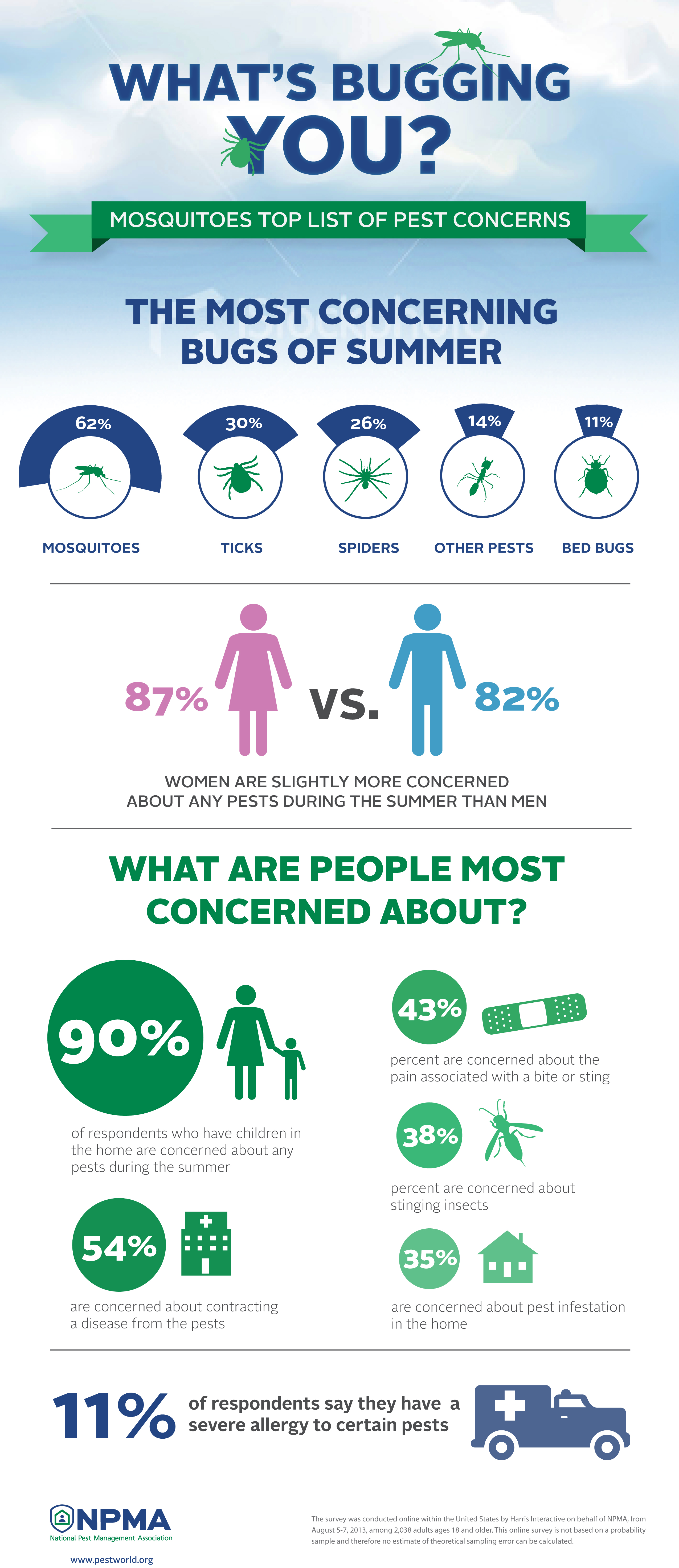Insights Into The Bed Bug Life Cycle: Recommendations From Pest Professionals
Insights Into The Bed Bug Life Cycle: Recommendations From Pest Professionals
Blog Article
Content Author-Hermansen Cooper
Like a silent intrusion, bed insects can slip right into your home, hiding in the shadows and awaiting the excellent moment to strike. Understanding their life cycle is essential in managing these unrelenting bugs, and that better to turn to for suggestions than the experts themselves?
In this conversation, you will certainly discover the secrets of the egg stage, the nymph phase, and the grown-up phase of bed bugs, untangling the enigmas behind their strength and perseverance. Dental braces yourself, since what you're about to find will certainly leave you wondering about every little itch and bite.
The Egg Phase
During the egg phase, bed bugs are in their earliest kind, all set to hatch and start their life cycle. These little eggs are normally laid in cracks and crevices near the bed insect's feeding location, such as seams of cushions or furniture. The women bed bug can lay up to five eggs per day, which amounts to hundreds in her life time.
The eggs are oval-shaped and regarding 1mm in length, making them barely visible to the naked eye. They have a sticky finishing that helps them follow surfaces and remain in place. The egg stage lasts regarding one to two weeks, relying on the temperature level and other ecological elements.
As soon as the eggs hatch, the nymphs emerge, beginning their journey towards adulthood.
The Nymph Phase
As the eggs hatch out, the recently emerged fairies start their trip in the direction of adulthood, marking the beginning of the nymph phase in the life process of bed bugs. This stage is crucial for their growth, and recognizing its characteristics can help in managing these parasites effectively.
Below are three essential things to understand about the fairy stage:
1. Dimension and Appearance: Nymphs are little, determining only about 1.5 mm in length. https://docs.google.com/spreadsheets/d/1_L4WtnLunGBMOxFhqhK1HSSBBltzaKUlawcvqtO0coA/edit#gid=20317673 , yet after feeding, their bodies turn reddish-brown. As they grow, they shed their exoskeletons, leaving behind molted skins.
2. Feeding Habits: Like grown-up bed pests, fairies prey on blood. They need to feed numerous times to molt and advance to the following stage. Nymphs generally feed upon people or pets while they rest, leaving scratchy attacks.
3. Advancement and Recreation: Fairies undergo 5 instars before reaching adulthood. Each instar needs a blood dish for development. Once they end up being adults, they can reproduce and continue the bed bug life process.
Comprehending the nymph phase is crucial for reliable bed insect control. By targeting the fairies throughout this prone phase, you can stop their progression towards their adult years and stop their problem.
The Adult Stage
After completing their growth as fairies, bed insects get in the grown-up phase. At https://docs.google.com/spreadsheets/d/1yOH09JKCC0LcGhKsTO1Hm-BuljLtd_9Q_3_fSNhA5UQ/edit#gid=1138740252 , adult bed pests are around 4-5 mm in dimension and have a level, oval-shaped body that is reddish-brown in shade. They have 6 legs, antennae, and a small head. mouse exterminator cost near me -up bed pests are completely capable of duplicating and proceeding their invasion. They prey on blood, ideally human blood, and can endure without a dish for several months. They are primarily active in the evening and have a tendency to conceal in splits, holes, and furnishings throughout the day.
Grown-up female bed pests can disable to five eggs daily. These eggs hatch into fairies in regarding a week. Understanding the behavior and life process of adult bed pests is crucial in efficiently eliminating and protecting against problems.
Verdict
Now that you recognize the life cycle of bed bugs, you hold the power to safeguard your home.
Imagine a serene night's sleep, devoid of the torment of these tiny parasites.
By identifying the indicators and taking instant action, you can protect against invasions and ensure the well-being of your loved ones.
Don't let these stealthy pests attack your refuge.
Stay alert, stay informed, and sleep tight recognizing you're in control.
